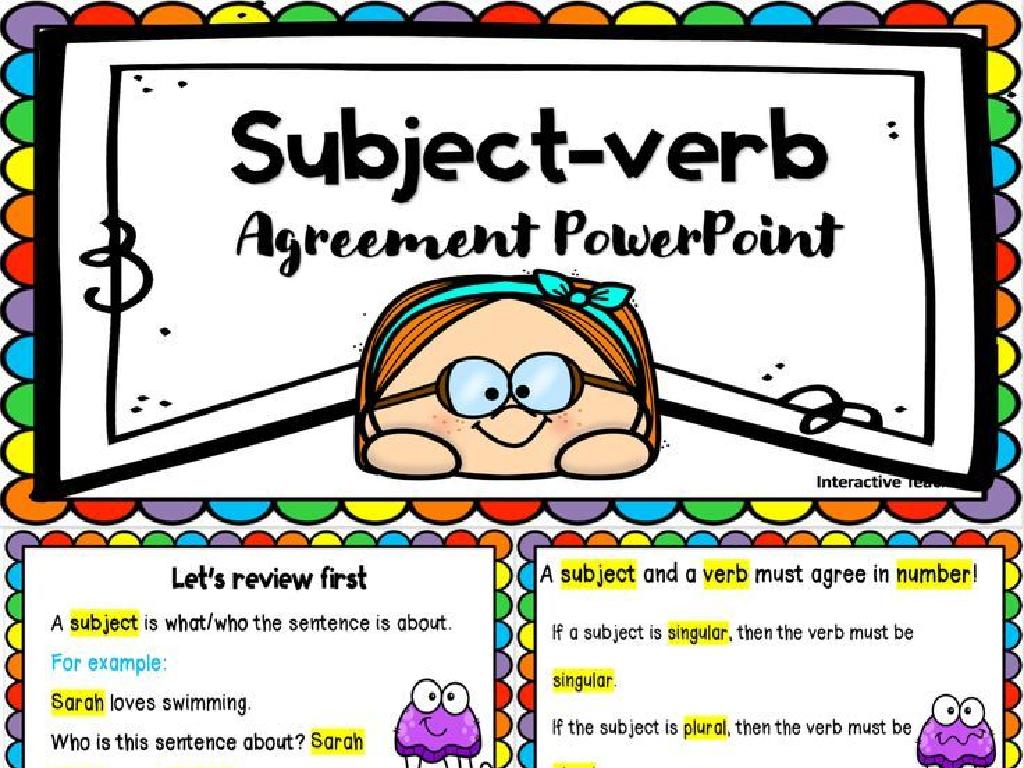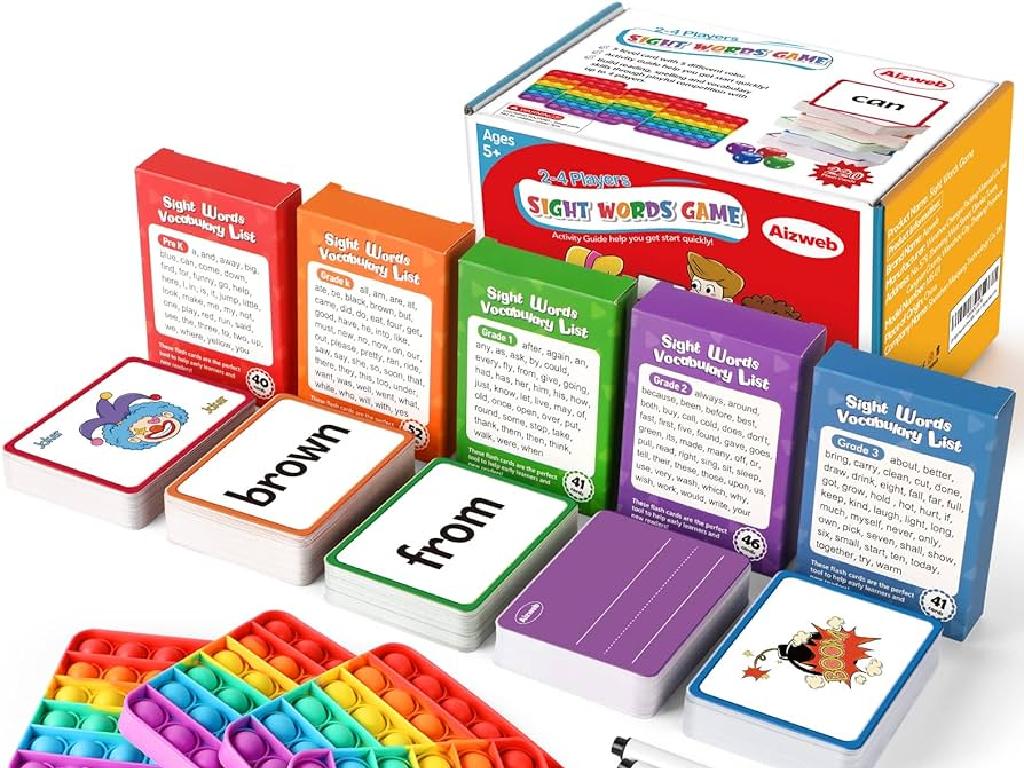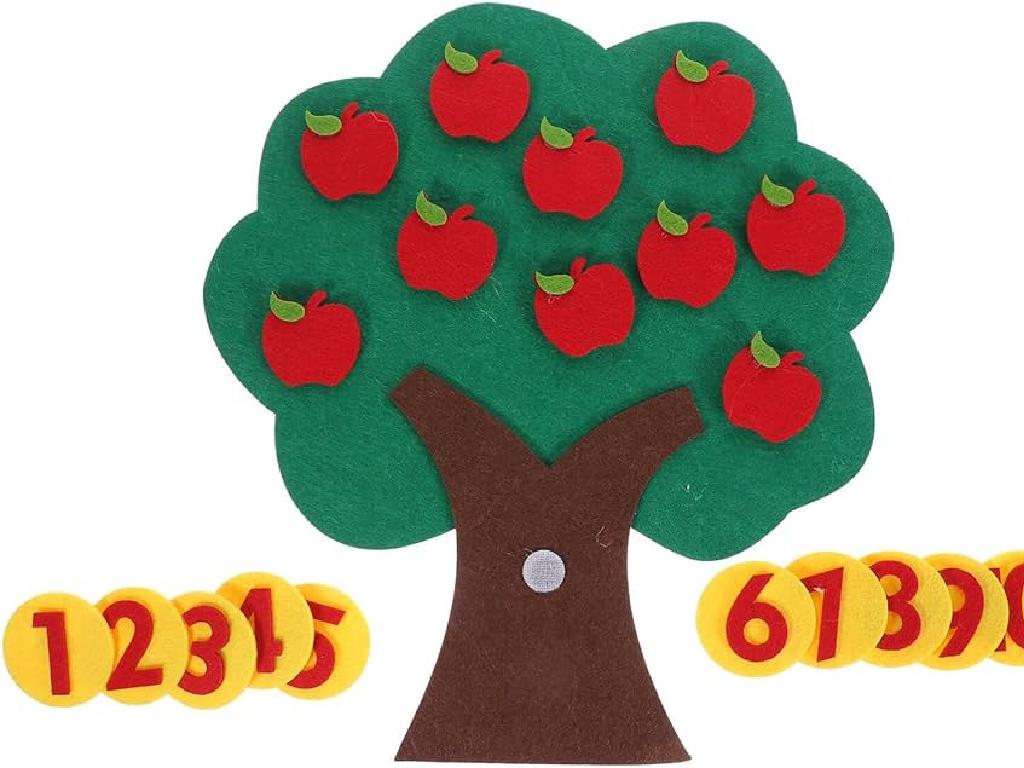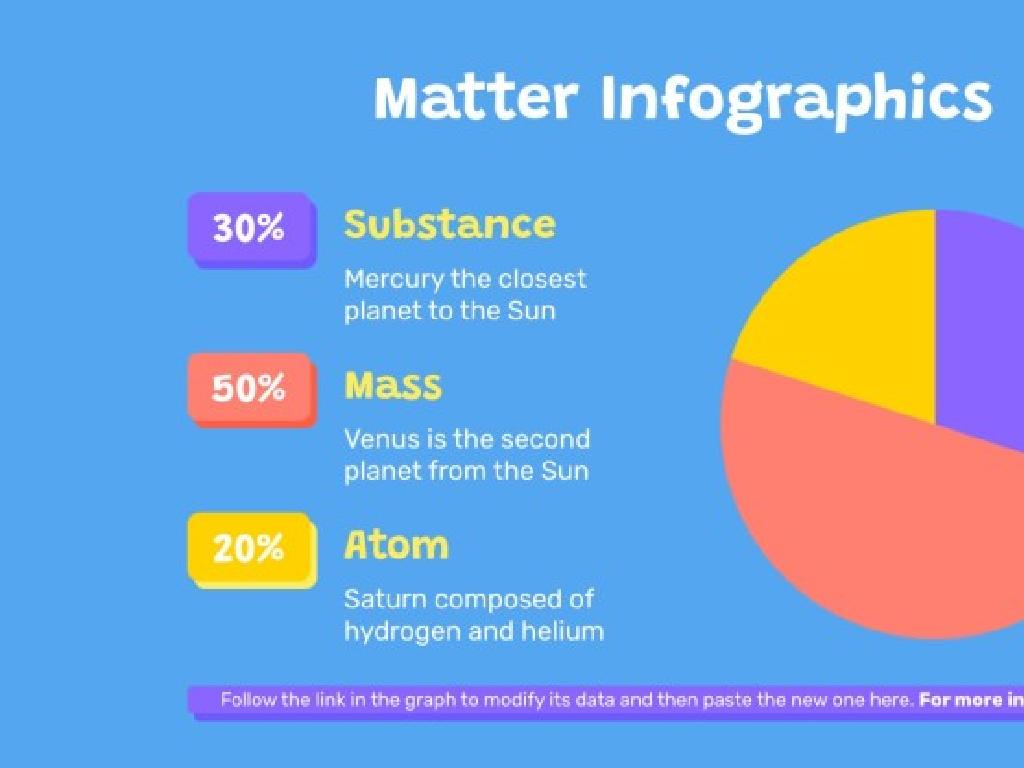Find The Change, Price, Or Amount Paid
Subject: Math
Grade: Fourth grade
Topic: Money
Please LOG IN to download the presentation. Access is available to registered users only.
View More Content
Introduction to Money Math
– Understanding the value of money
– Money is used to buy things we need or want.
– Review: Identifying coins and bills
– Recognize pennies, nickels, dimes, quarters, and bills.
– Learning to calculate change
– How much money you get back when you pay more than the cost.
– Determining price and amount paid
– How to figure out how much you spent or need to pay.
|
Begin the lesson by discussing the concept of money and its role in everyday transactions. Reinforce the identification of different coins and bills to ensure a solid foundation for the day’s lesson. Introduce the concept of calculating change, emphasizing the subtraction of the total price from the amount paid. Provide examples of common transactions where students might receive change. Move on to explaining how to determine the total price of items and the total amount paid, including the use of addition and multiplication for multiple items. Use real-life scenarios to make the math relatable and easier to understand. Prepare to have students practice with exercises and word problems.
Understanding Change in Money Transactions
– What is ‘change’ in money?
Change is what you receive when you give more money than an item costs.
– Example: Buying a toy
If a toy costs $5 and you pay with a $10 bill, how much change do you get?
– Calculating change activity
Let’s figure out the change from a $10 bill for a $5 toy.
– Practice makes perfect
|
This slide introduces the concept of ‘change’ in the context of money transactions. Start by explaining that ‘change’ is the amount of money returned to a buyer when the amount they pay exceeds the cost of the item. Use the example of buying a toy to make the concept relatable. For the activity, have students calculate the change they would receive from a $10 bill when buying a $5 toy. Encourage them to think about the steps they take to determine the correct amount of change. This exercise will help solidify their understanding of subtraction in a practical, real-world scenario. As a follow-up, consider having students role-play transactions or use play money to simulate purchases and change calculations.
Calculating Change
– Steps to find change
– Subtract item price from paid amount
– If an item costs $5 and you pay $10, what s your change?
– Use subtraction to get change
– Remember to line up the numbers by place value.
– Practice with real-life examples
– Try calculating change from buying a toy or a book.
|
This slide introduces students to the concept of calculating change, an essential skill for money management. Start by explaining the steps to calculate change, emphasizing the importance of subtraction in this process. Use an example like purchasing an item for $5 with a $10 bill to illustrate the concept. Ensure students understand how to line up numbers by place value when subtracting. Encourage them to practice with examples relevant to their experiences, such as buying a toy or a book, to reinforce the lesson. Provide additional practice problems for homework to solidify their understanding.
Understanding Price in Money Math
– What is price?
– Price is the amount of money an item costs.
– Reasons for price differences
– Supply, demand, and quality affect prices.
– Classroom price listing activity
– Reflect on item values
– Think about why some classroom items might be more valuable than others.
|
This slide introduces the concept of price to fourth-grade students. Begin by explaining that price is the amount of money you need to pay to buy something. Engage the class in a discussion about why different items have different prices, touching on basic economic principles like supply and demand, as well as quality differences. For the activity, have students list the prices of various items found in the classroom. This can include books, supplies, or even furniture. Encourage them to think about what makes some items more expensive than others. This activity helps students understand the value of items and the concept of price in a tangible, relatable way. Possible variations of the activity could include comparing prices of similar items, estimating the total cost of a set of items, or even a mock shopping exercise where they have to make choices based on a budget.
Understanding Amount Paid
– Total money given to cashier
– Can be exact or more than price
– Example: $2 pencil with $5 bill
– If an item costs $2 and you pay with a $5 bill, the amount paid is $5.
– Amount paid is $5
|
This slide introduces the concept of ‘Amount Paid’ in transactions. It’s crucial for students to understand that the amount paid is the total money handed over to the cashier, which can be the exact cost of the item or more. Use the example of buying a pencil to illustrate this concept. A $2 pencil paid for with a $5 bill means the amount paid is $5, not $2. This will set the stage for learning how to calculate change given back by the cashier. Encourage students to think of times they have paid for something and to remember how much money they handed over. This real-world connection will help solidify their understanding.
Let’s Practice: Calculating Money
– Practice finding change, price, amount paid
– Work in pairs on problems
– Partner up and tackle different problems together
– Discuss methods and answers
– How did you solve it? What strategy did you use?
– Share solutions with the class
|
This slide is designed to engage students in a collaborative learning activity focused on practical math problems involving money. Students will pair up to work on a set of problems that require them to calculate change, price, and the total amount paid for items. Encourage them to discuss their problem-solving strategies and to explain their reasoning to each other. This peer interaction will help solidify their understanding of the concepts. After solving the problems, each pair will have the opportunity to present their solutions to the class, fostering a sense of community and shared learning. Possible activities include: role-playing as cashier and customer, using real coins for hands-on practice, creating their own ‘store’ with prices and items, or using math apps that simulate shopping experiences.
Understanding Money: Calculating Change
– Importance of correct change
– Ensures fair transactions for buyer and seller
– Personal experiences with change
– Think of a time you bought something. Did you get the right change back?
– Role-play buying and selling
– Use play money to simulate a store experience with a classmate
– Practice makes perfect
|
This slide aims to teach students the real-life application of calculating change, emphasizing its importance for fair transactions. Start by discussing the concept of change and why it’s crucial to get it right. Ask students to share their own experiences with buying items and receiving change to make the lesson relatable. The activity involves role-playing where students pair up and use play money to buy and sell items, practicing how to calculate change. This hands-on experience reinforces their understanding and helps them apply math skills in practical scenarios. Provide guidance on how to conduct the role-play and offer different scenarios for varied levels of difficulty. Encourage students to take turns being the buyer and seller to experience both sides of a transaction.
Class Activity: The Change Game
– Understand the game’s objective
– Learn the roles: cashier and shopper
– Switch roles to experience both positions
– Use play money for transactions
– Helps simulate real-life shopping
– First to calculate change wins
– Practice subtraction skills in a fun way
|
This interactive game is designed to help students practice calculating change in a simulated shopping environment. The objective is to reinforce their subtraction skills and understanding of money transactions. Each student will have a chance to play both the cashier, who calculates the change, and the shopper, who pays for items and checks if the change is correct. Provide play money to make the experience as realistic as possible. Encourage students to be accurate and quick. As an extension, you can introduce discounts or taxes to make the game more challenging. Possible variations of the game could include setting a time limit for each transaction, using a variety of items with different prices, or introducing ‘sale’ prices to calculate.
Wrapping Up: Money Math
– Recap today’s Money Math
– Homework: Practice Worksheet
Complete the worksheet on finding change, price, and amount paid.
– Reminder: Keep Practicing!
The more you practice, the better you’ll get at calculating money.
– Bring questions next class
If you have doubts, write them down to discuss in the next class.
|
As we conclude today’s lesson, it’s important to review the key concepts we’ve covered about finding change, price, and amount paid. The homework assignment is a worksheet designed to reinforce these concepts through practice. Remind students that mastering money calculations takes time and practice, and they should not be discouraged by mistakes but use them as learning opportunities. Encourage them to bring any questions or difficulties they encounter to the next class for clarification. This will help ensure that all students are confident in their Money Math skills.





